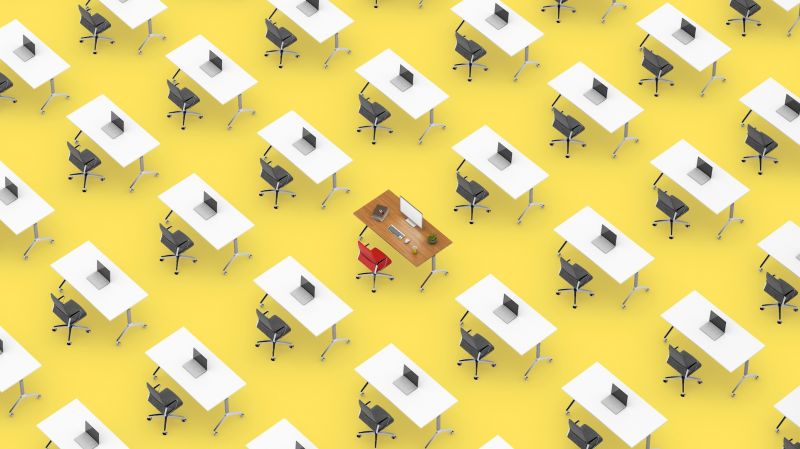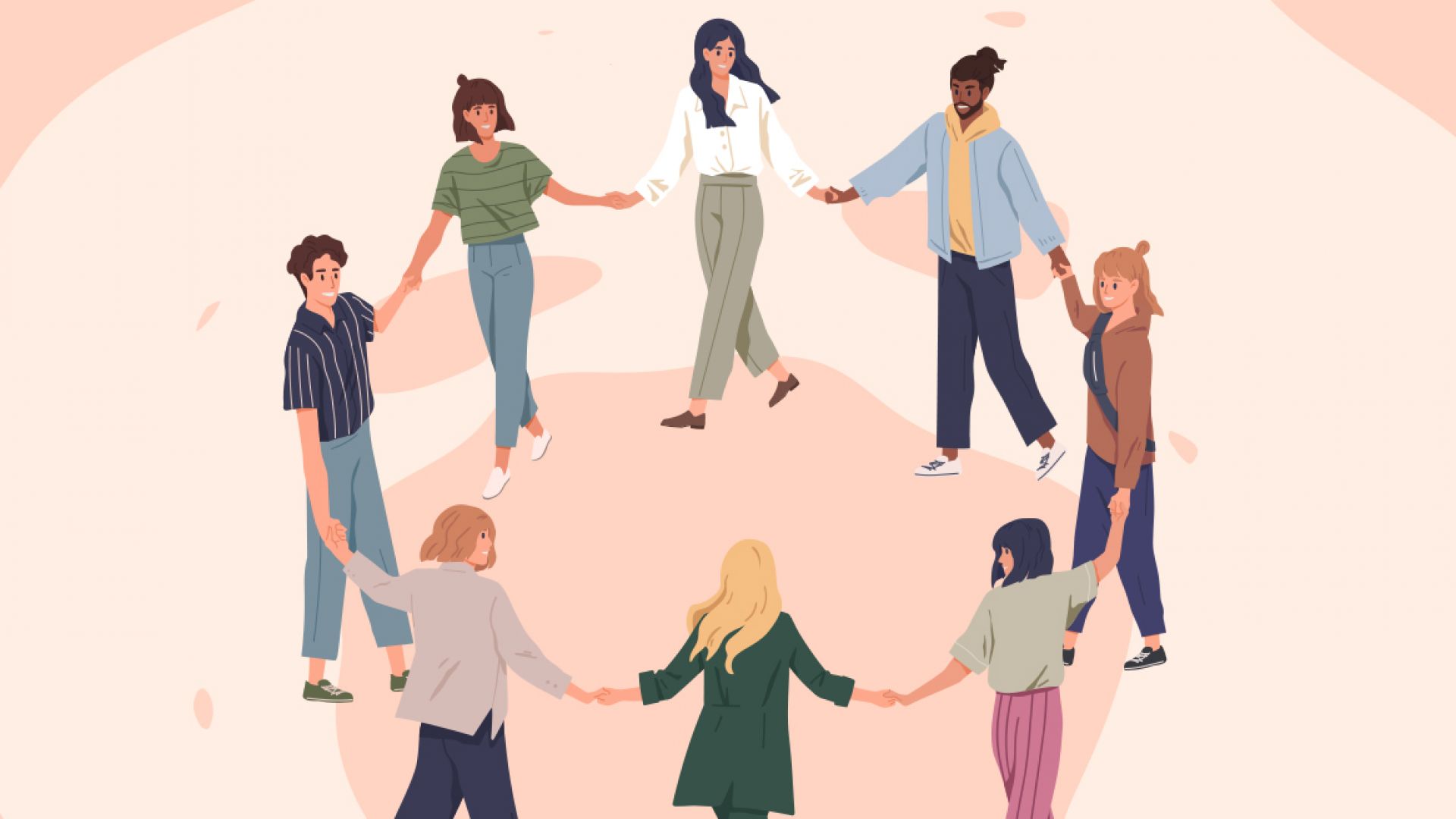How Peer Pressure Does the Manager’s Dirty Work
Open office productivity gets a boost with a strategic approach to seating assignments

Open plan offices may be widely reviled for their distractions and lack of privacy, but they are dream settings for corporate real estate executives and workplace researchers. The former love them for maximizing bums in seats per square metre. The latter favour them as natural labs to study the invisible force field of human behaviour.
For worker bees exposed in the savannah of the open office, the judging eye of the supervisor and the weight of peer pressure can both have a big impact on performance. That explains why researchers studying office productivity have taken parallel paths: Some focus on the supervisor’s role in getting the most (or least) out of workers. Others look at whether peer pressure leads to productivity spillovers; in essence, whether the fear of being seen as a free rider spurs teammates to higher performance.
A new study does a nifty bit of triangulation. By accounting for both the managerial and peer effects on office worker productivity, it offers a realistic view of the interdependent power dynamics that affect an individual worker’s performance. It turns out that something as simple as whether an adjoining desk is occupied has a big impact on how much work gets done during a shift.
Getting a handle on handlers
The insights come from a study of call handlers working in the operational control branch of the Greater Manchester Police in England. Jordi Blanes i Vidal of the London School of Economics, one of the investigators, shared the findings at a research conference held at Smith School of Business in June.
The European research team, which included Diego Battiston (University of Edinburgh), Tom Kirchmaier (Copenhagen Business School) and Katalin Szemeredi (Corvinus University of Budapest), wanted to determine whether the productivity of a call handler was affected by whether the adjacent desks were occupied.
The police’s operational control branch is an ideal setting for the study. Call handlers are responsible for answering emergency calls and logging incidents in an internal computer system. When they start their shift, handlers are free to sit at any available desk, and they work in rows of desks in an open-plan office. On some shifts, they may sit next to a supervisor (under their watchful eyes); on other days, they may be on the other side of the room.
Handlers all take calls from the same call queue. Handlers who are free riders or who take long breaks between calls, Vidal explains, would increase the workload of colleagues. They would not be the most popular people in the room.
With a trove of data from almost three years of activity, the researchers analyzed shift logs from 343 handlers and more than three million calls. They noted the desk at which each handler sat and used this information and digitized floor plans to calculate handlers’ spatial position inside the office.
Productivity was based on the number of calls handlers took per hour and the number of minutes in a half-hour that they spent on the phone with callers.

Keep adjacent desks filled
The findings were revealing. For one, the researchers identified a sharp increase in worker productivity when adjacent desks were occupied. Handlers worked harder when a colleague sat next to them and slacked off when an adjacent colleague finished their shift. It was a marked effect: the number of calls taken increased by seven per cent when the two desks adjacent to a worker were occupied.
The researchers noted that peer pressure and management pressure worked in tandem. When supervisors were located farther from a call handler’s desk, and presumably out of the field of vision, the peer pressure effect (the higher productivity when the adjacent desk was occupied by a peer) was stronger.
In effect, says Vidal, peer pressure and managerial monitoring substitute for each other in motivating handlers to work harder.
The researchers also noted that the same pair of handlers engaged in higher peer pressure when their performance was evaluated by the same manager. Again, the impact was substantial: The peer pressure effect was 60 per cent larger among handlers evaluated by the same manager relative to handlers with different evaluators.
Productivity nerds rejoice
There is a lot to chew on in this study if you’re a manager, particularly in an open office setting. One, if it is true that peer pressure kicks in when the manager is less able to directly monitor the worker, there are more nuanced ways to weed out slackers beyond micro-management.
And two, if you’re a productivity nerd, the study offers a road map on how to optimize the assignment of seats and shifts. The researchers recognized the potential themselves and ran through a couple of scenarios. They found that a seat allocation rule minimizing the number of empty adjacent seats would increase productivity by three per cent. Using an algorithm to optimize shift patterns and seat assignments to ensure handlers with the same manager sat side by side gave an additional five per cent productivity boost.
Now if they could do something about loud telephone talkers, spontaneous collaborators and Fritos crunchers . . .